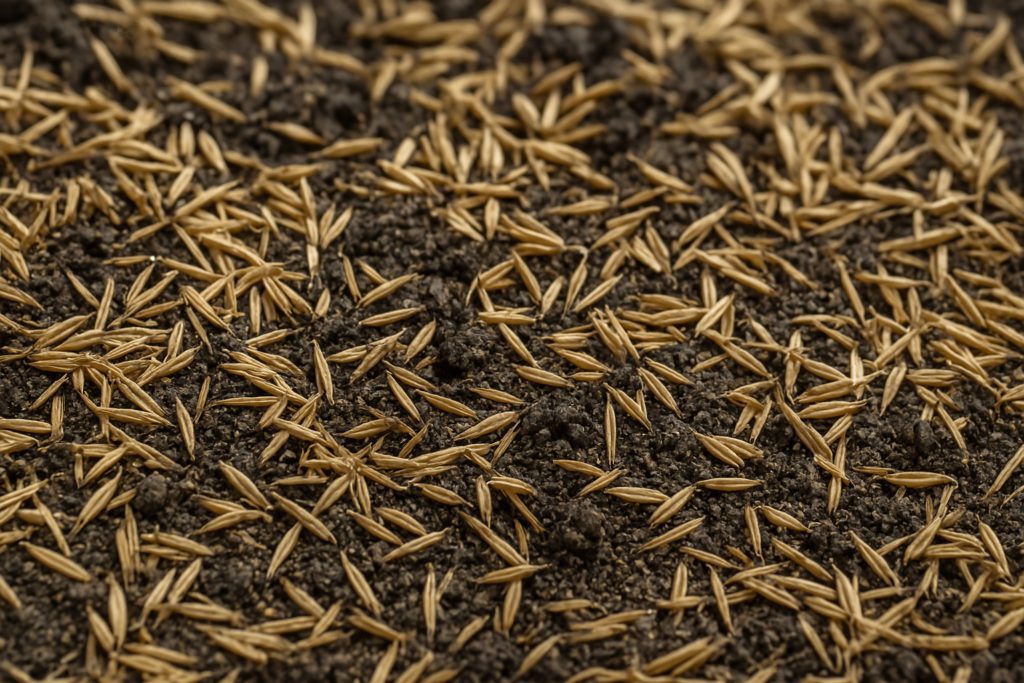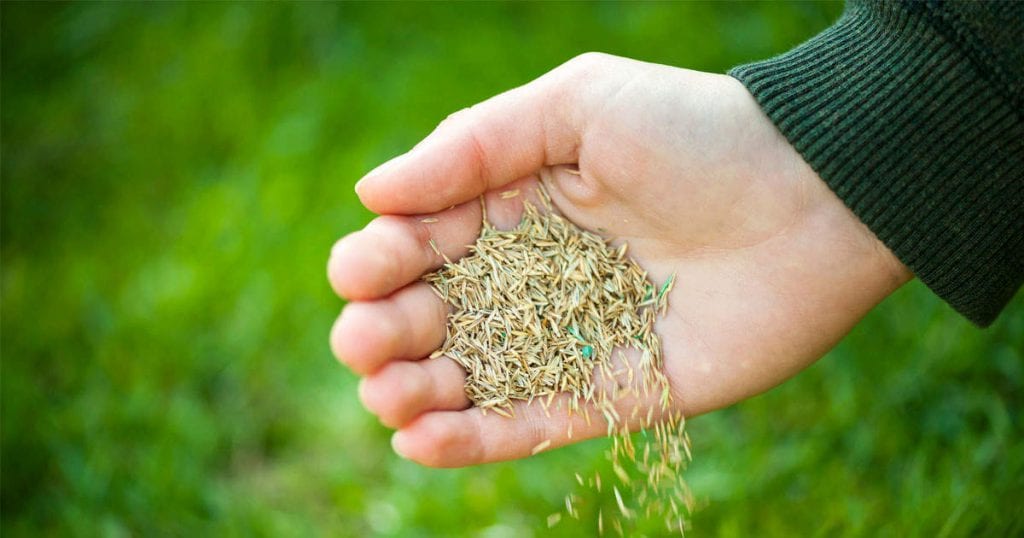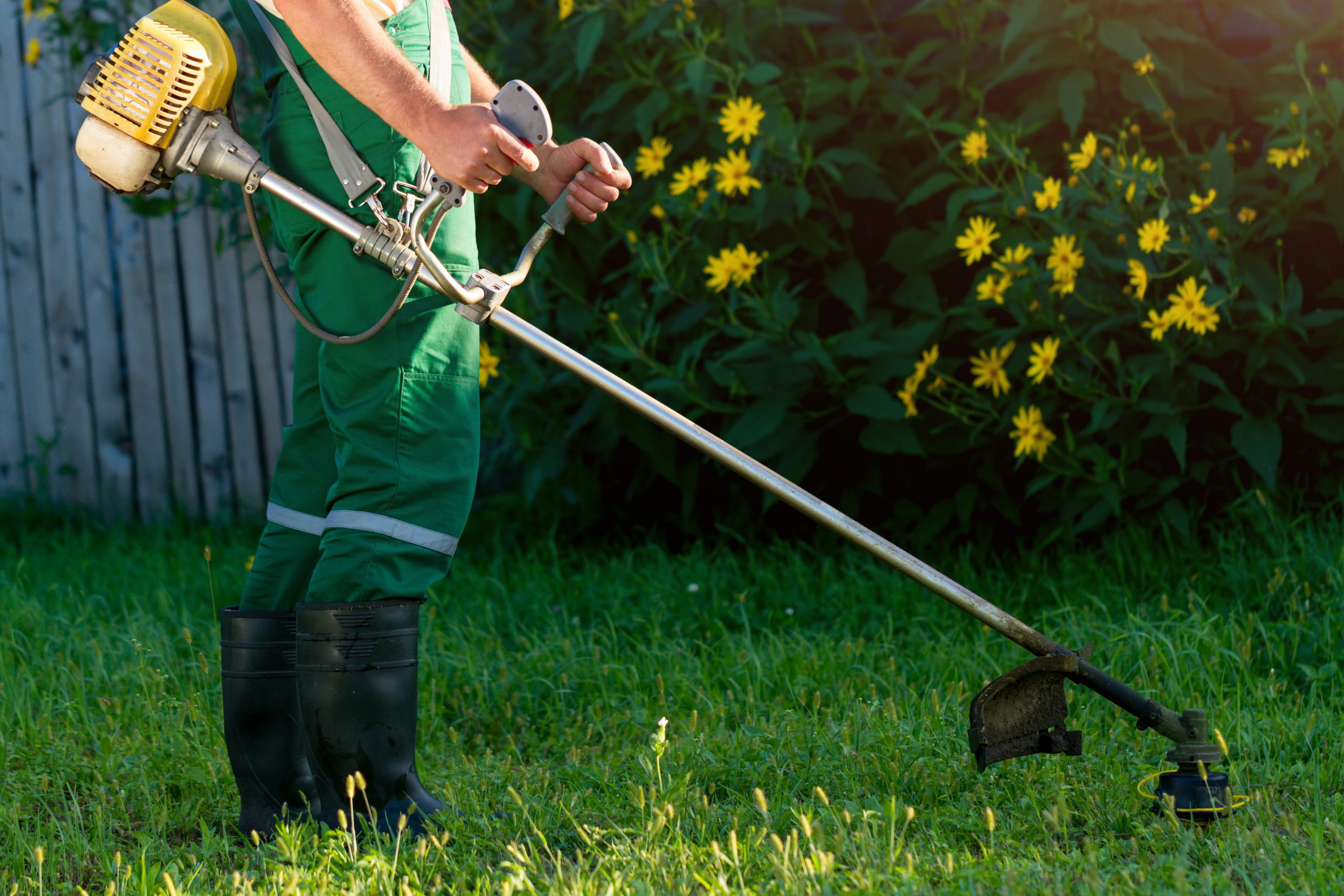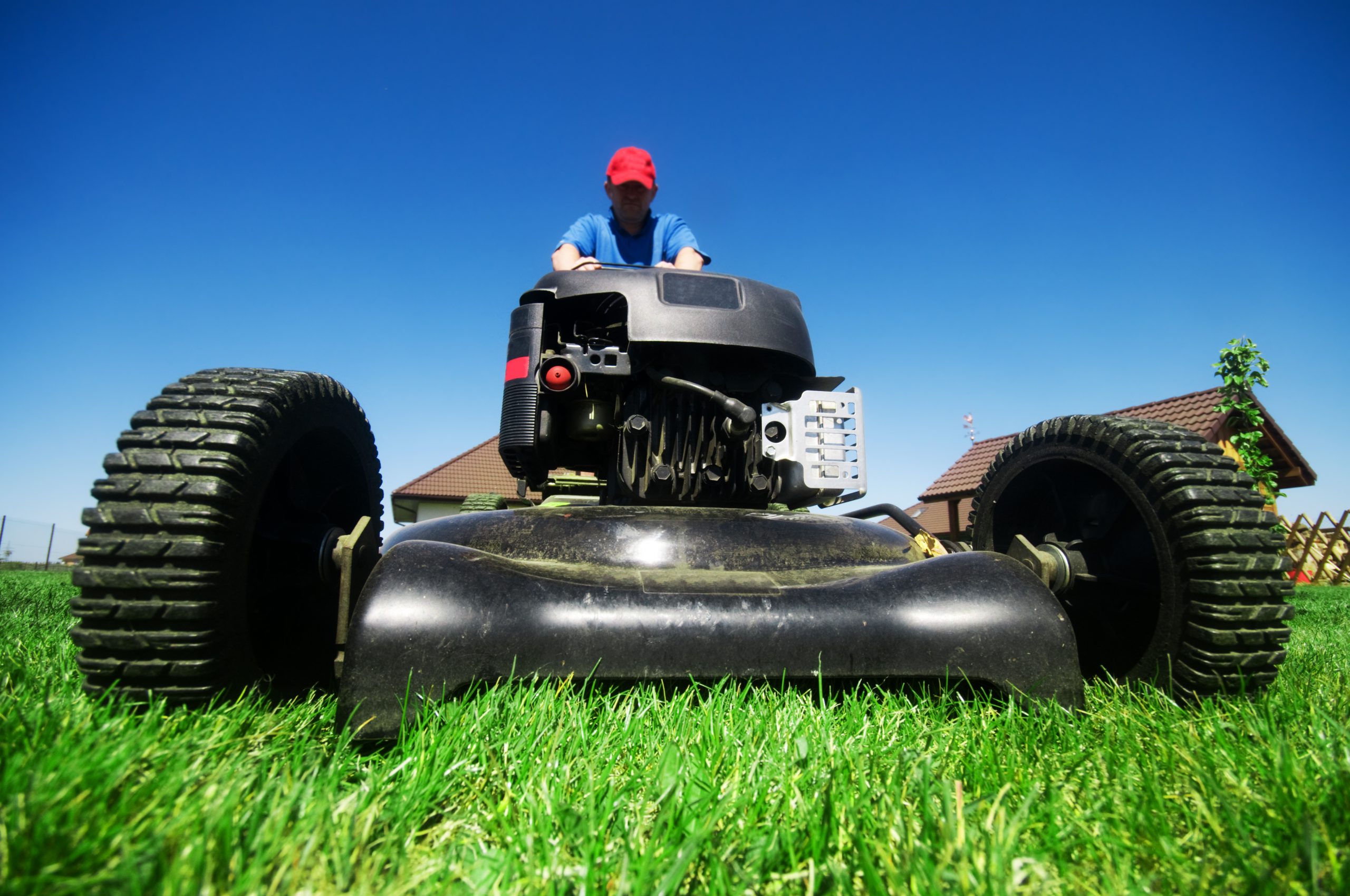Grass seed, a seemingly ubiquitous component of landscaping and agriculture, has a fascinating journey that begins long before it reaches our store shelves. Originating from specialized regions around the globe, such as the fertile expanses of Oregon’s Willamette Valley or the meticulous fields of Germany, its cultivation is a blend of nature and human ingenuity. The process involves selective breeding, precise harvesting, and thorough cleaning, ensuring only the best seeds make it to market. But what truly defines the regions capable of producing such high-quality seeds? And how do these seeds adapt to diverse climates and soils?
Where Does Grass Seed Come From?

Although grass seed can be found globally, it is mainly sourced from specific regions renowned for their ideal growing conditions and expertise in grass seed production.
The United States, particularly Oregon’s Willamette Valley, leads global production, specializing in grass species such as Perennial Ryegrass and Tall Fescue.
Europe, particularly Germany and Denmark, also contributes considerably, focusing on species like Slender Creeping Red Fescue.
How Is Grass Seed Made?
The production of grass seed begins with the strategic application of selective breeding techniques to develop cultivars with enhanced characteristics such as durability and optimized growth rates.
Once these grass varieties are established, they are cultivated in controlled fields with minimal weed presence, where a sowing rate of approximately 1 gram per square meter is employed to guarantee efficient seed development.
Harvesting of the mature seeds involves the use of modified combine harvesters, with a focus on maintaining seed viability through proper storage conditions.
Grass Variety Breeding
Initiating the process of grass variety breeding involves meticulous selection and hybridization techniques aimed at enhancing specific traits such as drought resistance, disease tolerance, and visual appeal.
Grass seeds are developed through these sophisticated methods, ensuring grass seed is grown with superior qualities for diverse applications.
- Selective breeding for improved traits
- Historical advancements by pioneers like Barenbrug
- Several years for cultivar development
- Applications in lawns and sports
- Enhanced genetics improve seed quality
Sowing & Growing Grass Seed Crops
Producing high-quality grass seed begins with carefully managed agricultural practices.
Farmers sow the seed at a rate of 1g per square meter in fields free from weeds, ensuring ideal conditions for grass seed germination.
Spring sowing benefits from winter vernalisation, while autumn sowing aligns with favorable climatic conditions.
Post-sowing, the seedbed is rolled for enhanced soil contact, essential for effective germination and subsequent growth.
The Harvesting and Cleaning Process
The harvesting of grass seeds commences in July, coinciding with the seeds reaching ideal maturity, and is facilitated by modified combine harvesters designed to efficiently separate the seeds from plant material.
Post-harvest, the seeds undergo a rigorous cleaning process to eliminate impurities and guarantee compliance with quality standards before packaging.
These steps are essential for maintaining seed viability and securing their readiness for commercial distribution and ecological applications.
When and How Grass Seeds Are Harvested
Grass seed harvesting commences primarily in July, a critical period when crops reach their peak maturity, thereby maximizing yield potential.
Utilizing combine harvesters, the grass seed first undergoes separation from plant material under ideal dry conditions to preserve seed quality.
Lawn seed production is vulnerable to weather impacts, necessitating strategic timing.
Post-harvest, seeds are stored in ventilated facilities to maintain viability.
- Peak Maturity Timing
- Modified Harvesting Equipment
- Dry Condition Necessity
- Strategic Timing for Quality
- Ventilated Storage Importance
Cleaning and Packaging for Sale
Once grass seeds are harvested, their journey continues to processing warehouses where they undergo meticulous cleaning processes to maintain high standards of quality.
This involves removing impurities to guarantee seed viability.
Subsequent steps include mixing seeds per customer specifications, with precise weighing and bagging.
Rigorous quality control checks are implemented throughout the cleaning and packaging phases, guaranteeing the seeds are ready for efficient sale and distribution.
Where Is Grass Seed Grown Today?
Although grass seed production is a global industry, certain regions dominate due to their ideal growing conditions and established agricultural practices.
Key production areas include:
- UK’s South-East: Perennial Ryegrass, Slender Creeping Red Fescue.
- Willamette Valley, USA: Largest global producer; Perennial Ryegrass, Tall Fescue.
- Europe: Holland, Denmark, France, Germany.
Minimal Weed Fields: Essential for quality.
Bermuda Grass: Popular in warmer climates.
How Does Grass Produce Seeds?
Through a complex reproductive process known as flowering, grass species produce seeds essential for propagation and ecological sustainability.
Grass blades develop flower heads containing reproductive structures. Pollination, primarily by wind or insects, fertilizes ovules, leading to seed formation.
Seeds mature within protective seed heads, ready for dispersal. Main species exhibit varied flowering and maturation timelines, influencing harvest and storage strategies to maintain viability.
Choosing the Right Grass Seed for Your Lawn

Selecting the appropriate grass seed for your lawn requires a thorough understanding of environmental conditions. This comprehensive guide to grass seed types breaks down species best suited for sun, shade, drought, and more.
Empirical studies indicate that cool-season grasses, such as Kentucky bluegrass, excel in northern climates, whereas warm-season varieties like Bermuda grass show peak performance in southern regions.
Furthermore, for areas with limited sunlight or high foot traffic, selecting shade-tolerant species or those bred for durability can greatly enhance lawn longevity and aesthetic appeal.
Cool-Season vs. Warm-Season Grasses
Choosing the right grass seed for your lawn requires an understanding of the distinct characteristics of cool-season and warm-season grasses.
Cool-season grasses, like Kentucky bluegrass, thrive in northern climates with soil temperatures between 50-65°F. In contrast, warm-season grasses flourish in southern regions at 70-95°F.
Consider these factors:
- Climate compatibility
- Soil temperature needs
- Germination rates
- Moisture requirements
- Drought resistance
Grass for Shade, Traffic, and Aesthetic Preferences

How does one select the perfect grass seed for diverse lawn conditions?
Effective lawn care requires choosing grass based on specific needs: shade-tolerant varieties like creeping red fescue excel in low sunlight, while perennial ryegrass and Bermuda grass withstand high-traffic areas with resilience.
Aesthetic preferences lean towards Kentucky bluegrass for its lush, rich color.
Consideration of soil quality, moisture, and climate guarantees ideal growth and health.
Get Help Growing a Lush Lawn with LawnGuru
Transform your lawn into a verdant oasis with the expertise of LawnGuru.
Leveraging data-driven insights in grass seed selection and lawn care, LawnGuru guarantees peak growth and sustainability.




